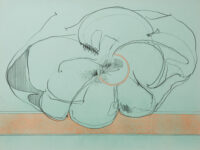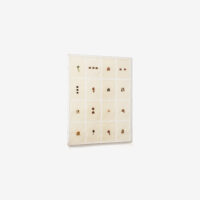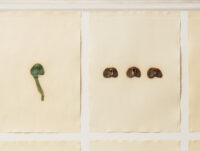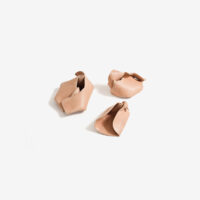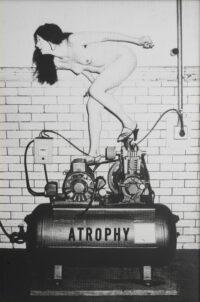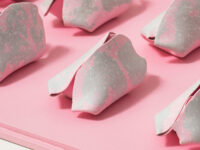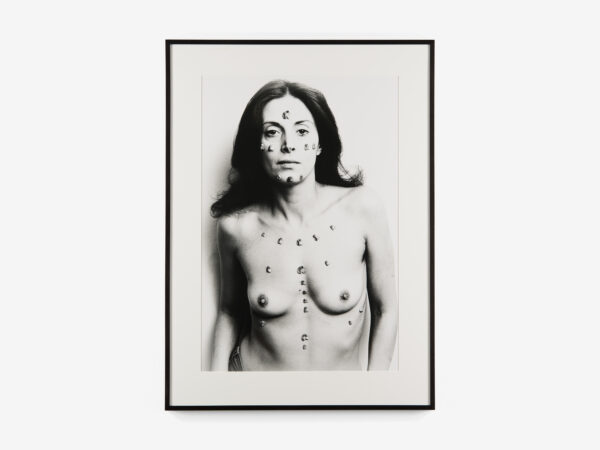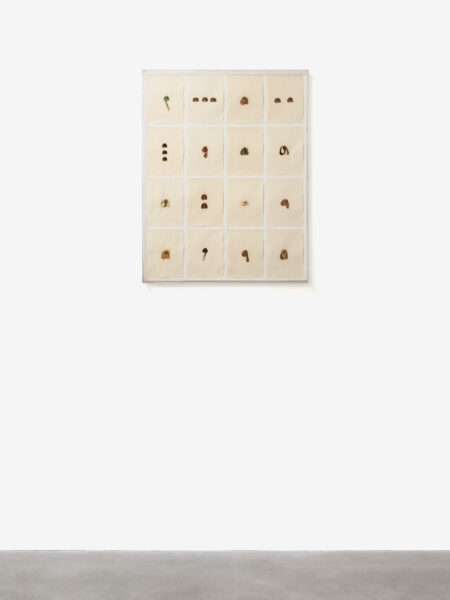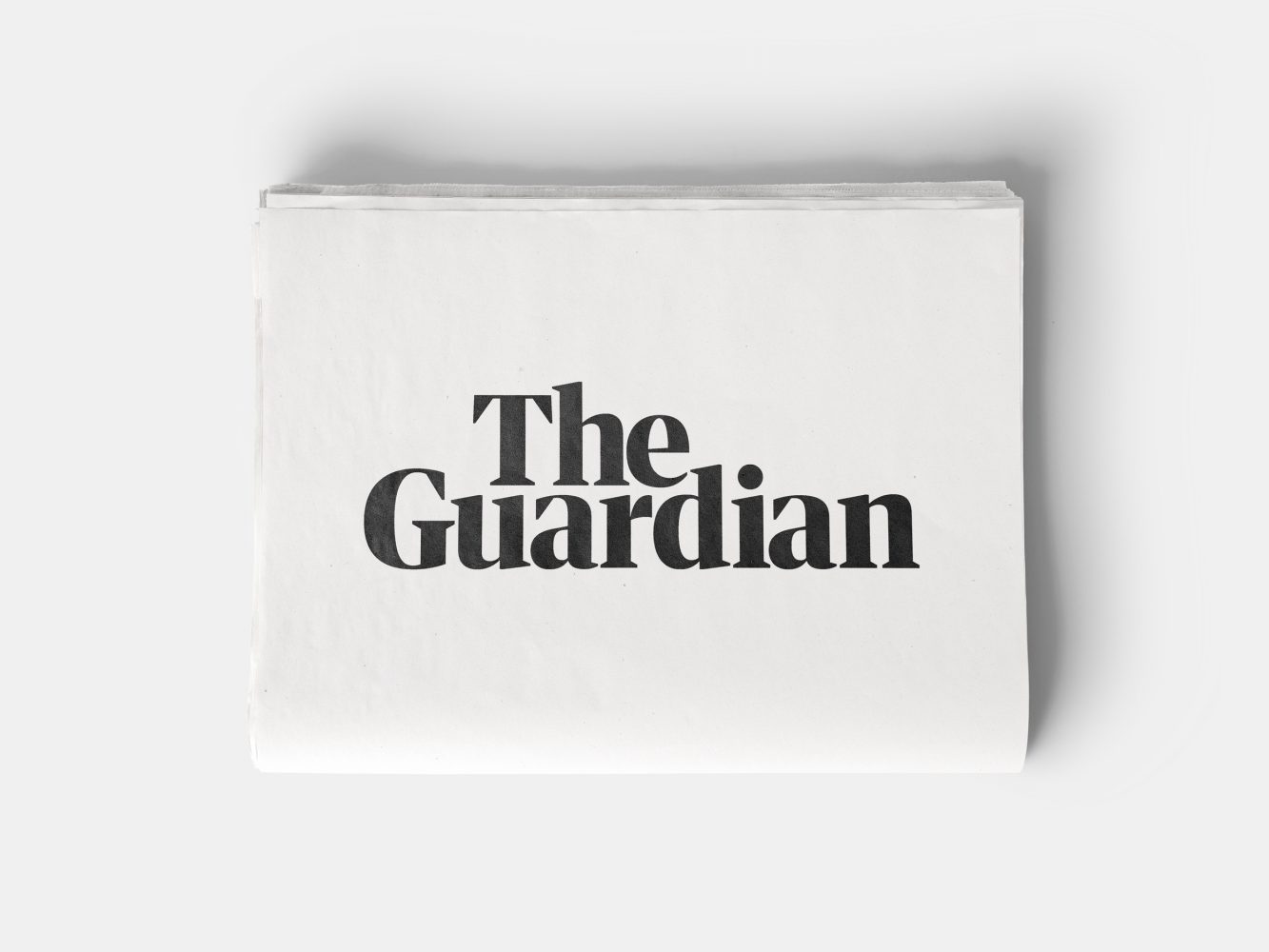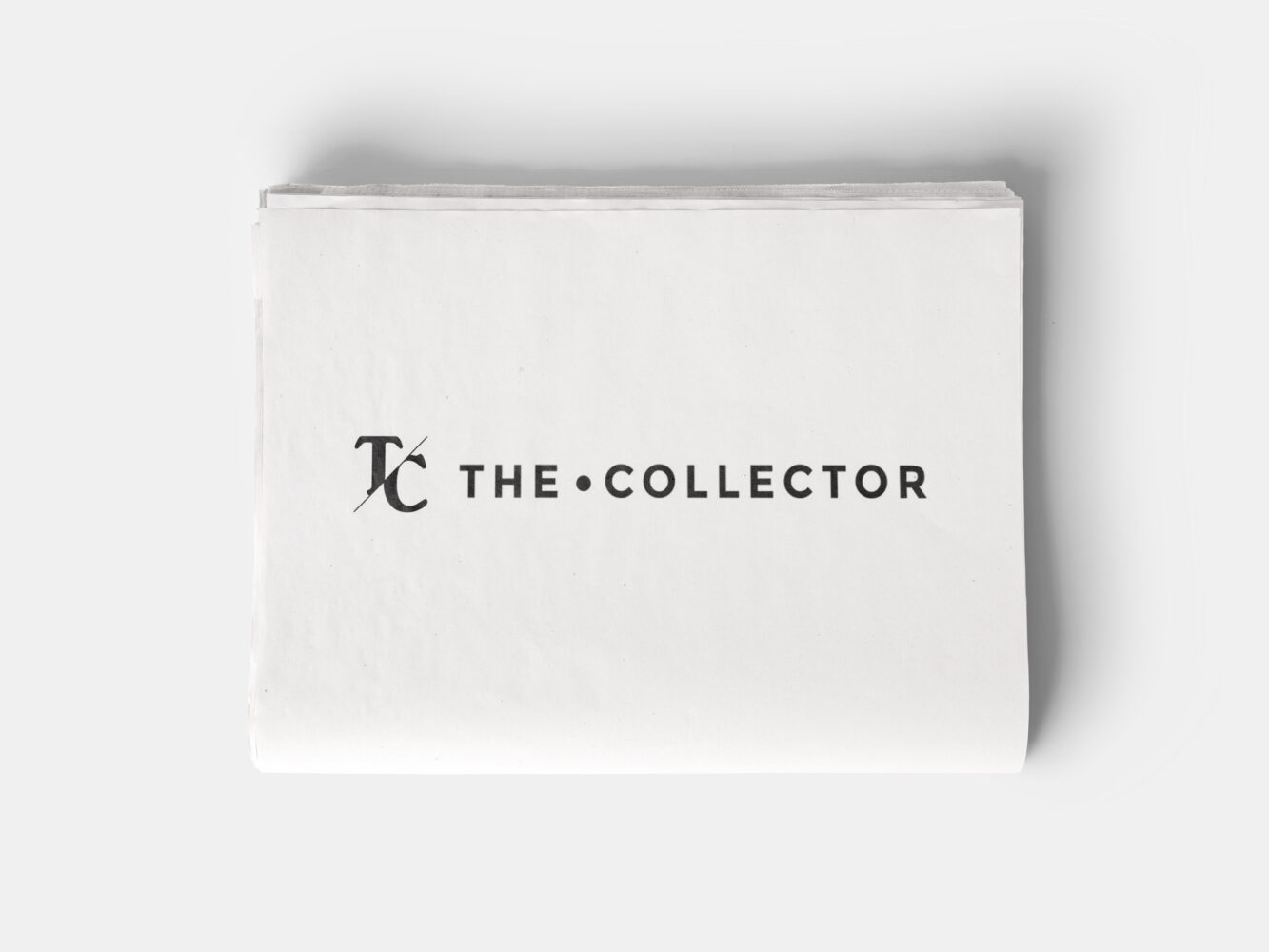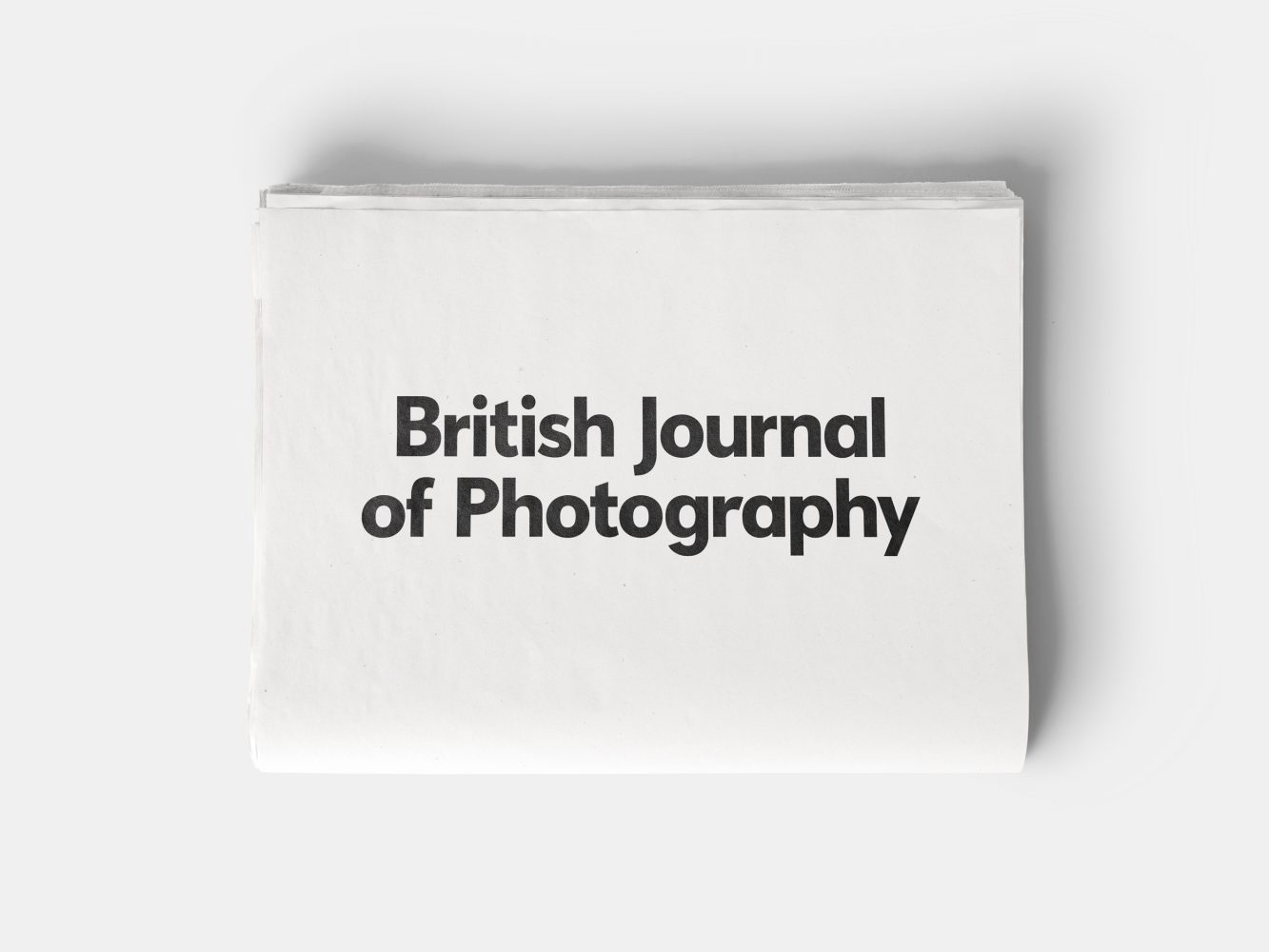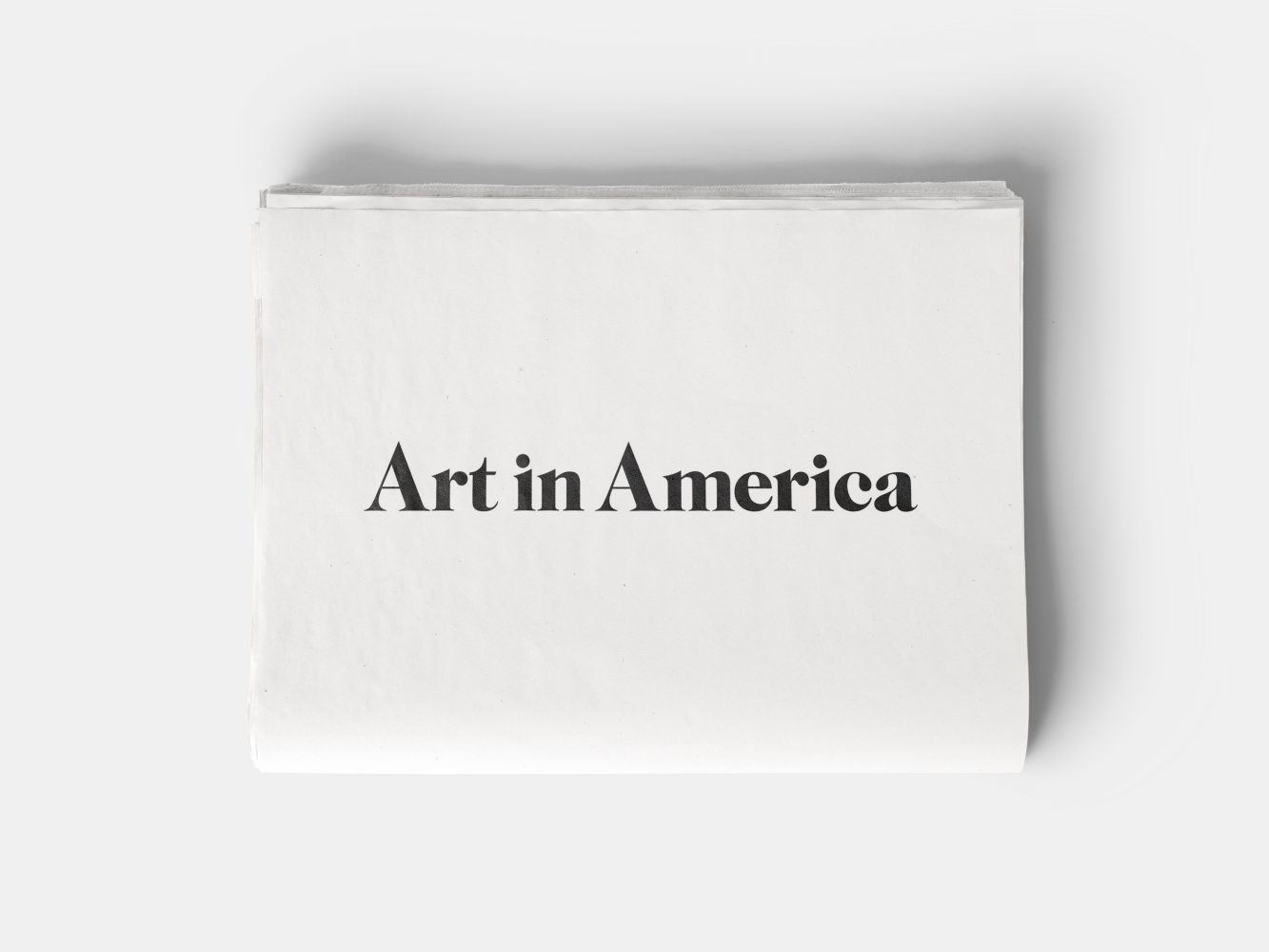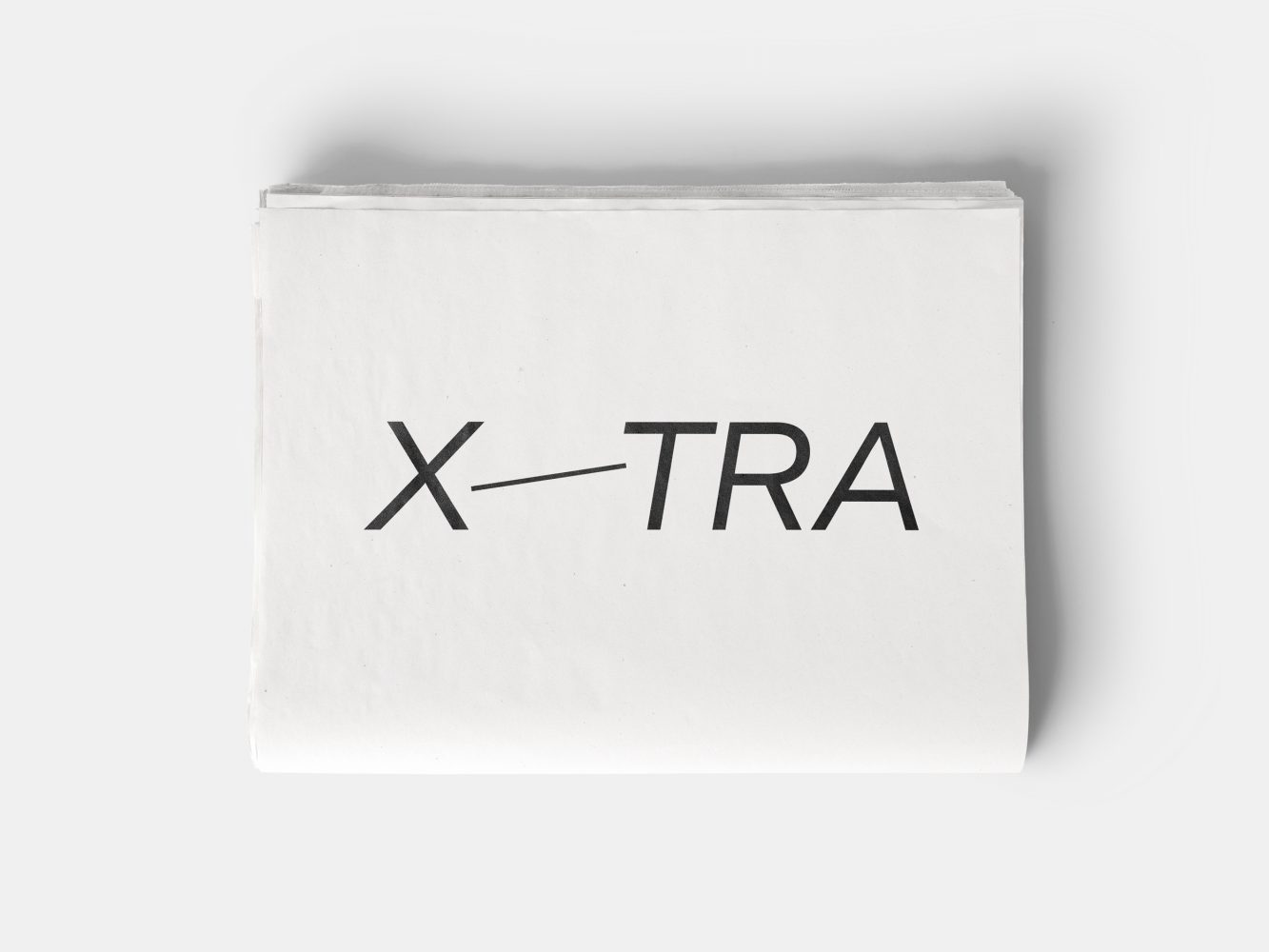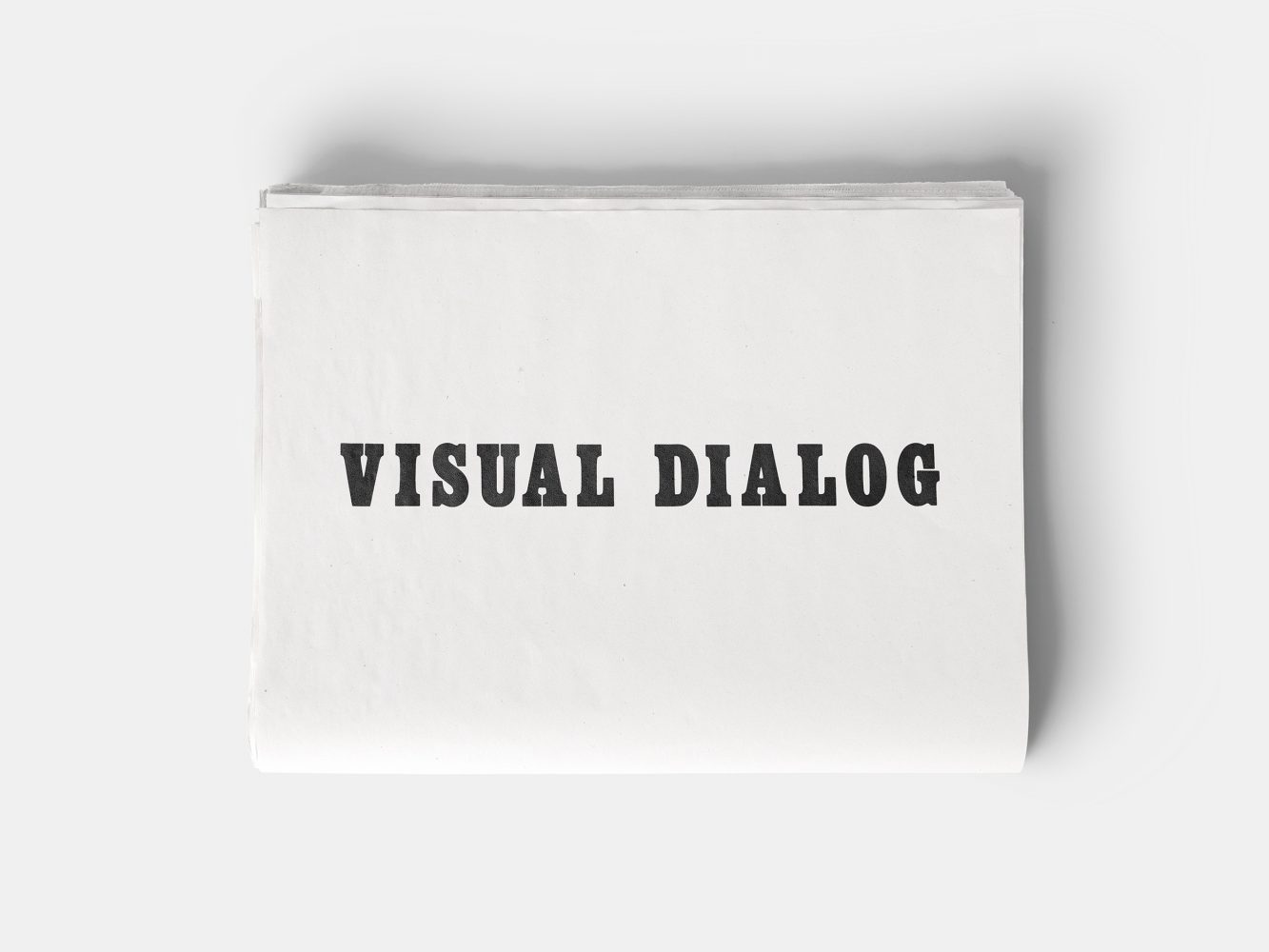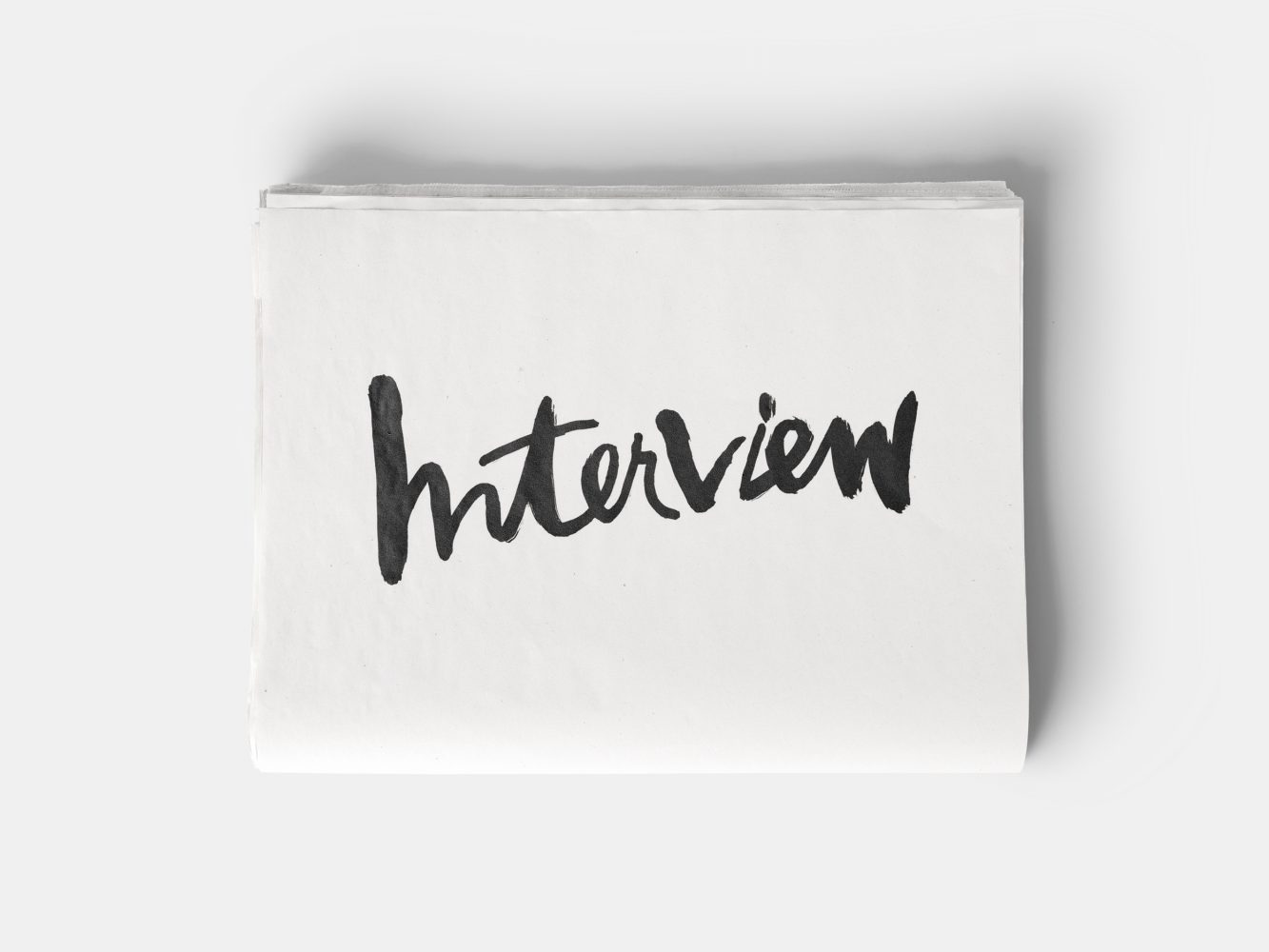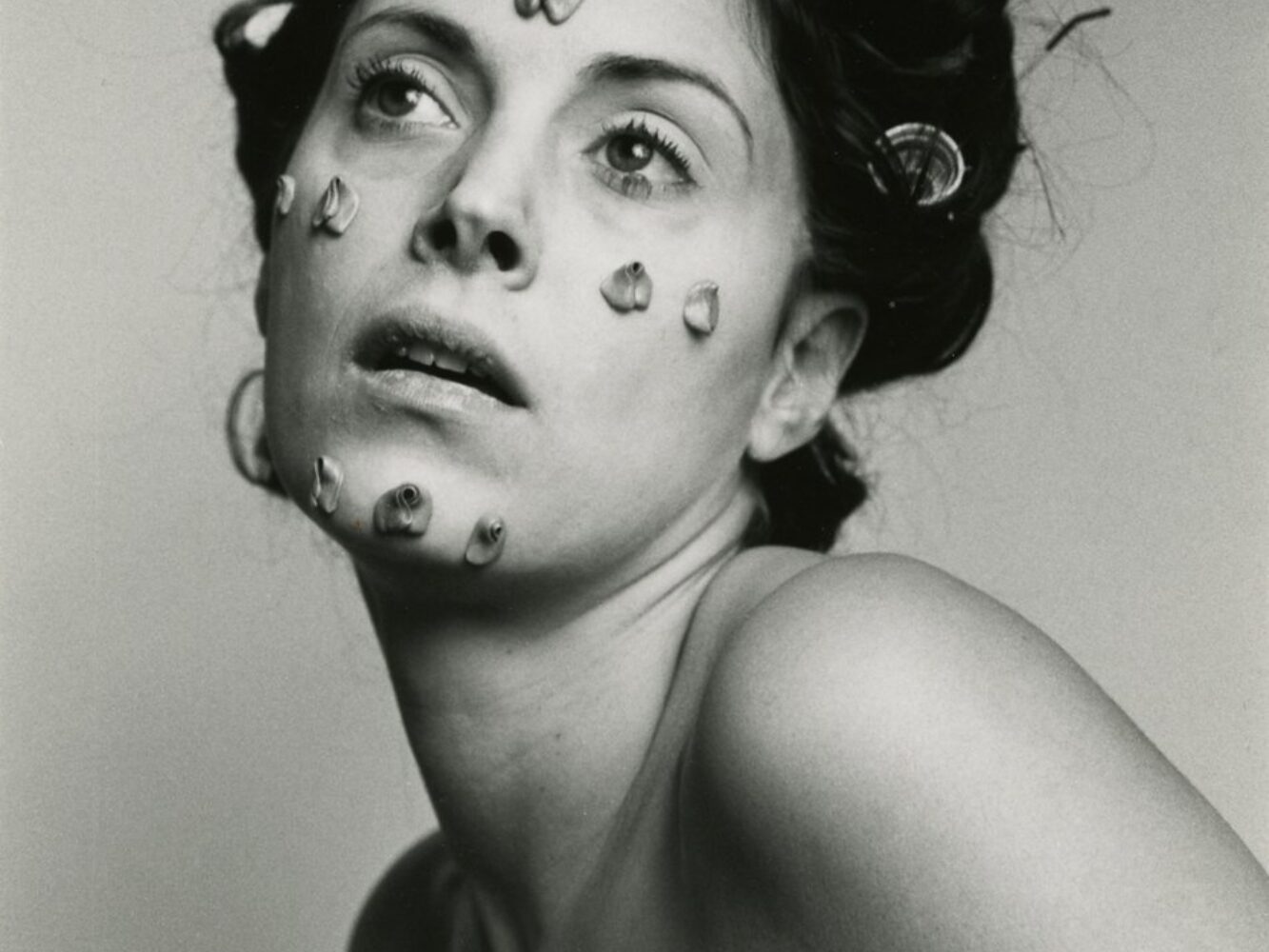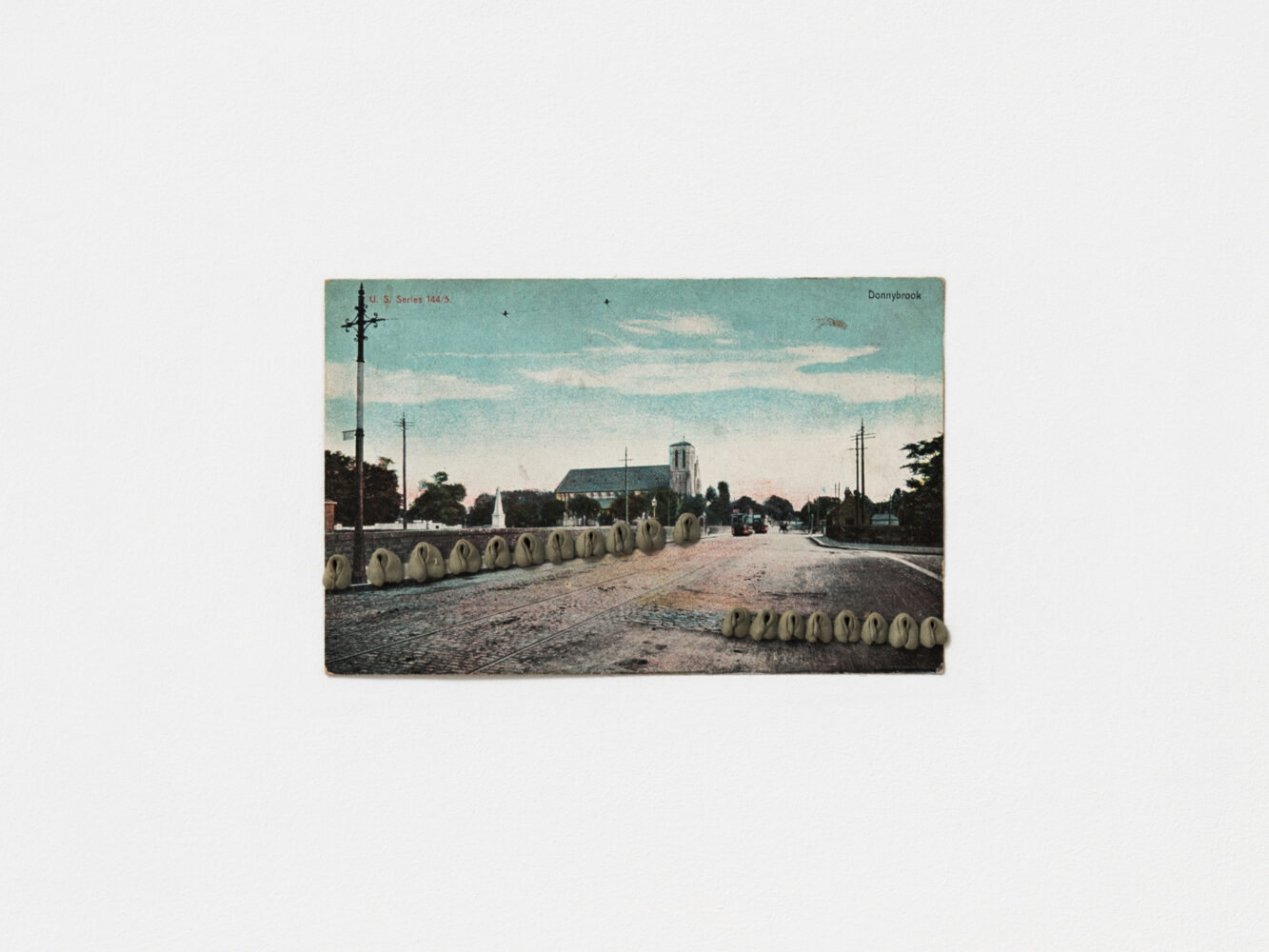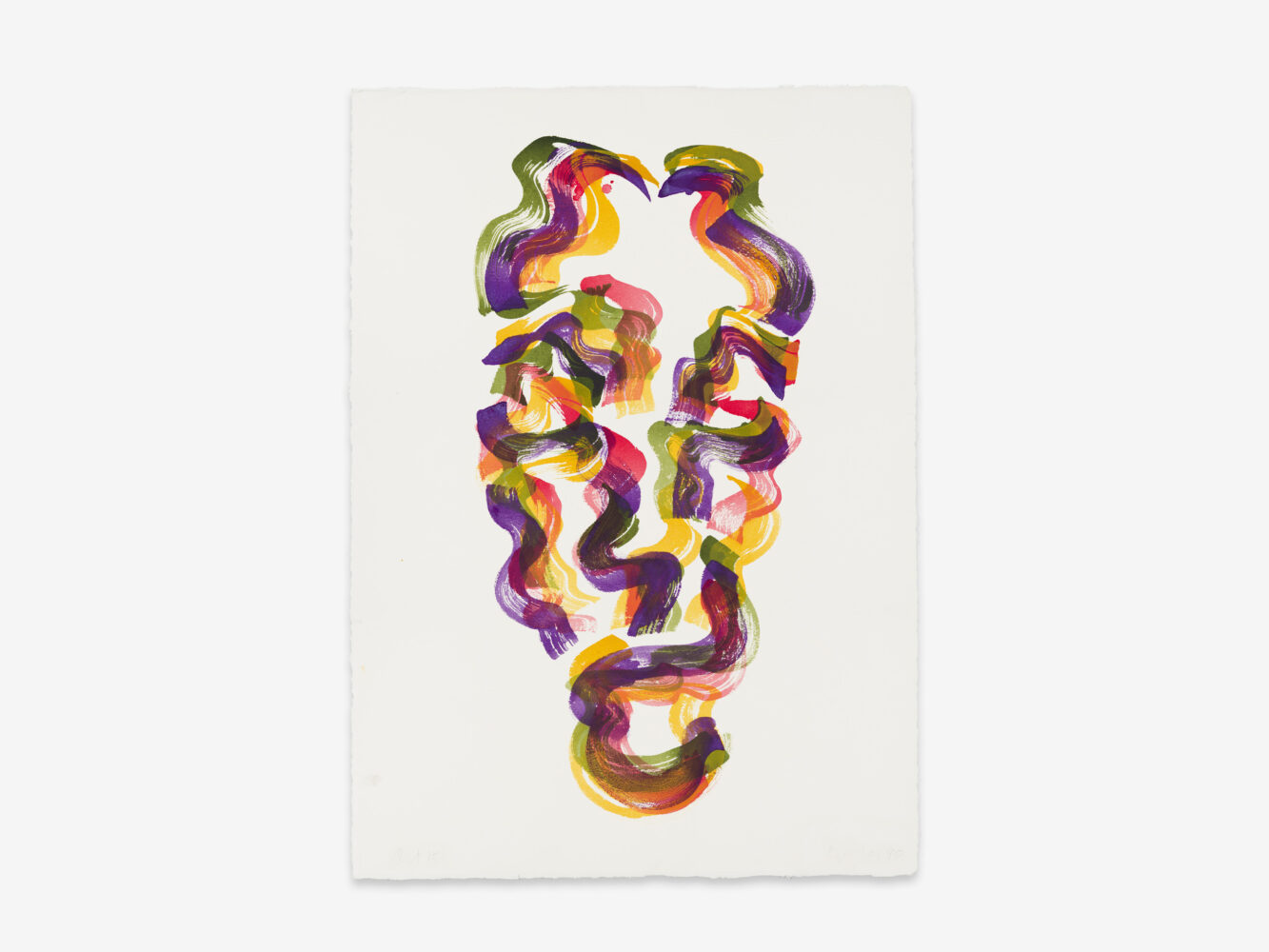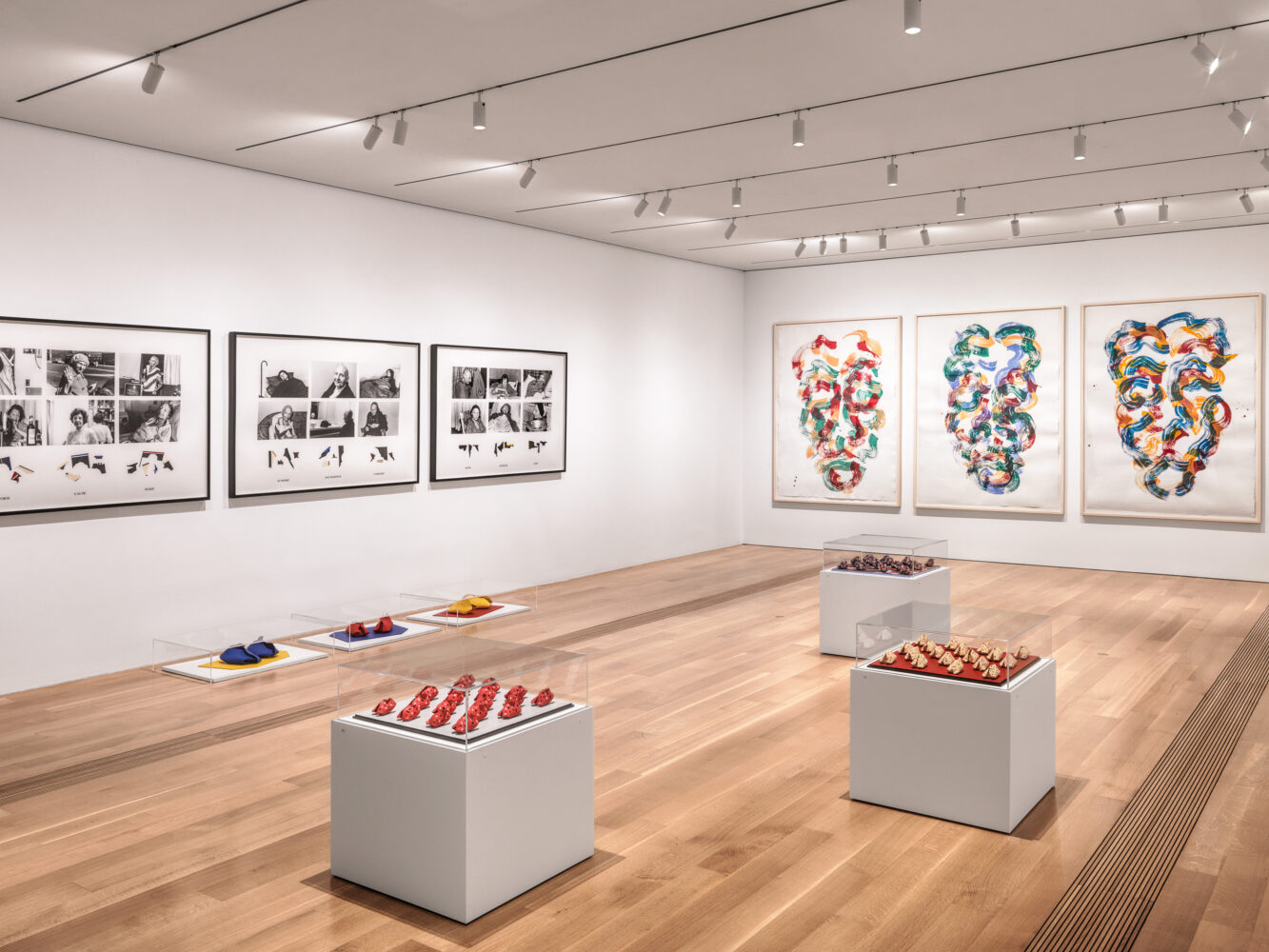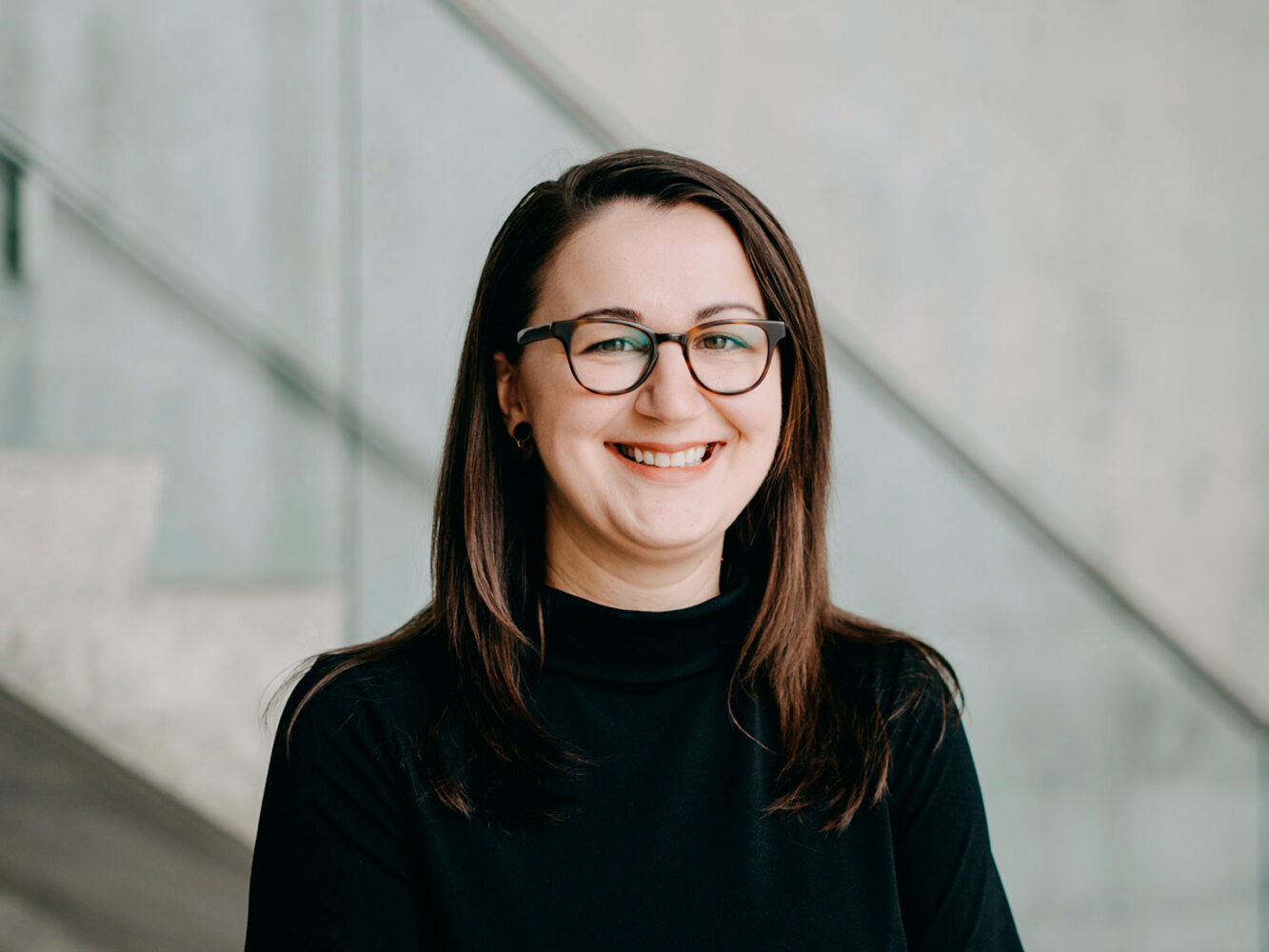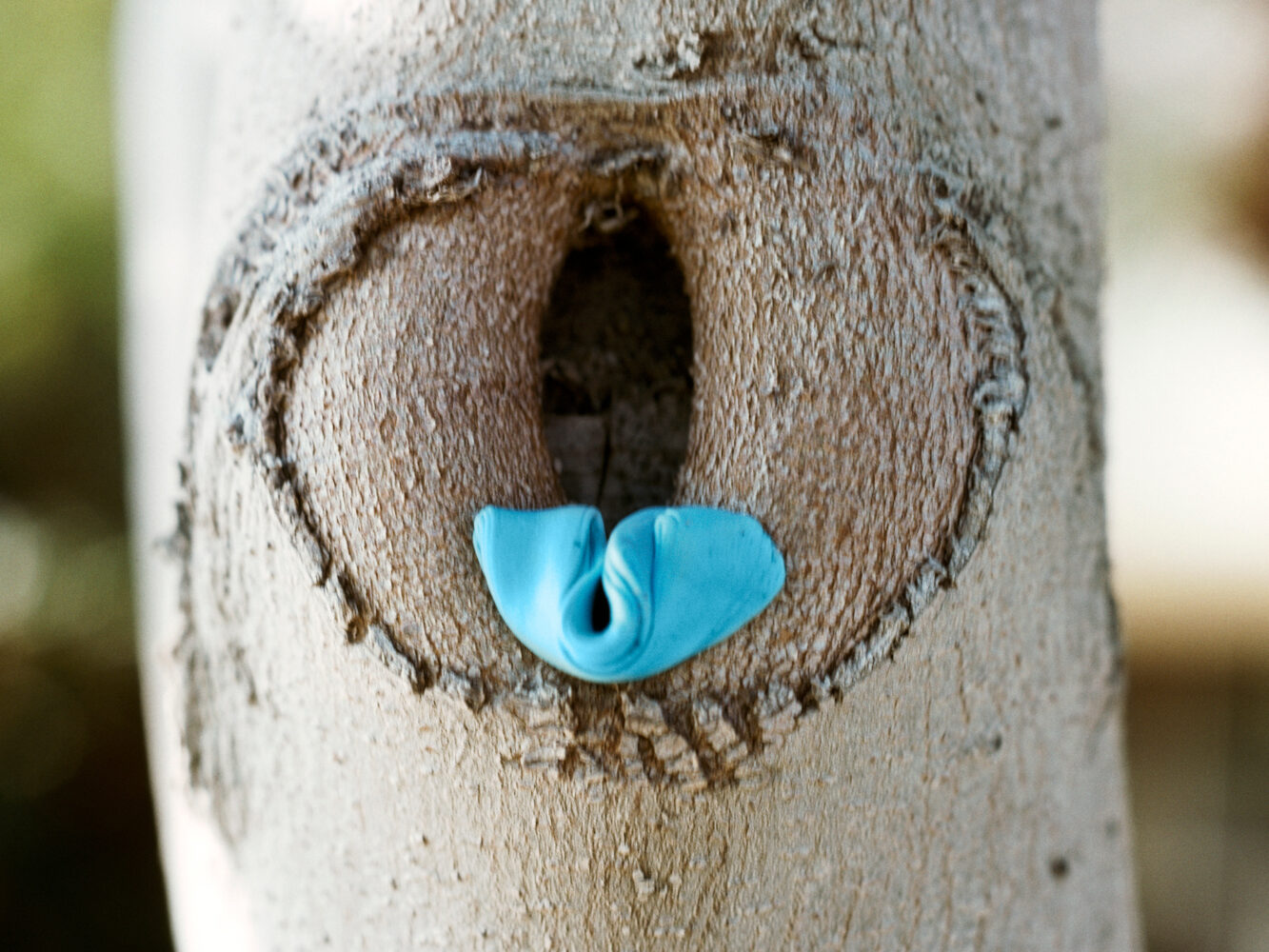Biography
As a radical feminist artist working in drawing, sculpture, performance, photography and video, Hannah Wilke (b.1940, New York, NY, US; d.1993, Houston, Texas, US) developed a multifaceted practice that challenged dialogues around art and gender. Emerging in the 1960s, in the midst of the women’s liberation movement in the United States, the deeply personal compositions Wilke generated across her career aimed to question prevailing cultural notions about women and female sexuality. ‘Feminism in a larger sense is intrinsically more important than art’, Wilke remarked. The artist’s conceptual works were often intimately bound to her own body, which she used as a tool for exploring issues that related to her experiences as a Jewish American woman. Wilke reflected on her practice as ‘internal wounds, made from external situations.’
Following her graduation from the Stella Atkins Tyler School of Art at Temple University, Philadelphia, in 1962, Wilke sought to make forms and images that she described as ‘specifically female’ and launched her career with a series of gestural terracotta sculptures that related to the body. First shown in 1966 at the New York City Art Theatre Association and in 1972 at Feigen Downtown, Wilke went on to create these intimately sized objects in clay, ceramic and porcelain across the next two decades.
By the start of the 1970s, she was producing her one-fold sculptures – a series of repeated but unique forms that grew out of her initial abstractions – as well as large-scale latex wall sculptures. These works resulted in Wilke’s first solo exhibitions in 1972 at Ronald Feldman Fine Arts, New York, and Margo Leavin Gallery, Los Angeles. She continued to develop her colourful ceramic sculptures in the 1980s, experimenting with Minimalist grid formats and incorporating patterned painted surfaces in vivid hues (‘Generation Process Series’, 1980–82). Wilke also explored her interest in colour and sensuality through pastel and graphite drawings that began during the early stages of her career, in which brightly hued, organic shapes merge with dense planes of pigment.
The body of sculptures produced by Wilke throughout her career made pioneering usage of materials including latex and chewing gum, which were unusual at the time. Cut, folded and stretched by hand, they document the important role played by texture and physicality in relaying the artist’s intentions. In ‘S.O.S. Starification Object Series’ (1974–82), a sequence of photographs which were recorded in her studio, Wilke also created ‘S.O.S.’ performances, in which she manipulated gum chewed by audience members into tactile, vulva-like shapes that she placed all over her body and face. The moulded forms were intended as a device to interrupt the viewer’s desiring gaze, thereby calling attention to the objectification of bodies. When asked why she used untraditional materials, Wilke replied, ‘I chose gum because it’s the perfect metaphor for the American woman – chew her up, get what you want out of her, throw her out and pop in a new piece’.
The 1970s marked an important transitional moment for Wilke, through her ‘performalist self-portraits’, in which she credits those who photographed her. In individual photographic works such as S.O.S. Starification Object Series (1974–75) and So Help Me Hannah (1979), the artist’s nude body takes on continually evolving poses, challenging conventional attributes of the female body. Wilke also navigated these ideas through video and film, with works such as Hannah Wilke through the Large Glass (1977) and Intercourse with… (1977). In her iconic work Gestures (1974), the artist stretches and contorts her face directly at the camera, using her skin as a medium in itself.
Having spent much of her career ‘respecting the objecthood of the body’ – focusing on its presence – Wilke’s later work considered the loss of physicality. She took hundreds of photographs of her mother as she battled terminal illness, some of which she used in In Memoriam: Selma Butter (Mommy) (1979–83). In Portrait of the Artist with Her Mother, Selma Butter (1979–82), the artist drew analogies between her mother’s body and her own. In November 1986, Wilke embarked on a group of abstract watercolours, which she would title the ‘B.C. Series’: self-portraits begun prior to her lymphoma diagnosis in June 1987. In her final work, Intra-Venus (1991–93), Wilke recorded the decline of her body through monumental, colour photographs.
Works
-
![]() Untitled, c. 1960s
Untitled, c. 1960s -
![]() Untitled, c. 1960
Untitled, c. 1960 -
![]() Untitled, c. 1964-66
Untitled, c. 1964-66 -
![]() Untitled, c. 1964-66
Untitled, c. 1964-66 -
![]() Gestures, 1974
Gestures, 1974 -
![]() Needed-Erase-Her #12 (TBC), 1974
Needed-Erase-Her #12 (TBC), 1974 -
![]() S.O.S Starification Object Series, 1974
S.O.S Starification Object Series, 1974 -
![]() S.O.S. Starification Object Series #4 (Mastication Box), 1975
S.O.S. Starification Object Series #4 (Mastication Box), 1975 -
![]() Sea Wall, 1975
Sea Wall, 1975 -
![]() Untitled, 1977
Untitled, 1977 -
![]() Atrophy, 1978-1984
Atrophy, 1978-1984 -
![]() Untitled, c. late 70s
Untitled, c. late 70s -
![]() Generation Process Series, 1982
Generation Process Series, 1982 -
![]() Untitled, 1982
Untitled, 1982 -
![]() Venus Pareve, 1982-84
Venus Pareve, 1982-84
Press

‘What does it mean that the language of photography is invented by men?’ Justine Kurland explores the feminist potential of collage
July 2025

Andrea Gyorody on ‘For Dear Life: Art, Medicine, and Disability’, Museum of Contemporary Art
January 2025
Exhibitions
Books
News

Hannah Wilke
in ‘For Dear Life: Art, Medicine, and Disability’, Museum of Contemporary Art San Diego

Birgit Jürgenssen, Ana Mendieta & Hannah Wilke
in ‘Vital Signs: Artists and the Body’, Museum of Modern Art, New York

Maria Bartuszová, Lygia Clark, Lenore Tawney, Hannah Wilke & Sheila Hicks
in ‘Beyond Form: Lines of Abstraction, 1950-1970’, Turner Contemporary, Margate

Birgit Jürgenssen, Ana Mendieta & Hannah Wilke
in ‘FEMINISMS!’, Centre de Cultura Contemporània de Barcelona

Maria Bartuszová, Birgit Jürgenssen & Hannah Wilke
in ‘A Woman Looking at Men Looking at Women’, Muzeum Susch, Switzerland













